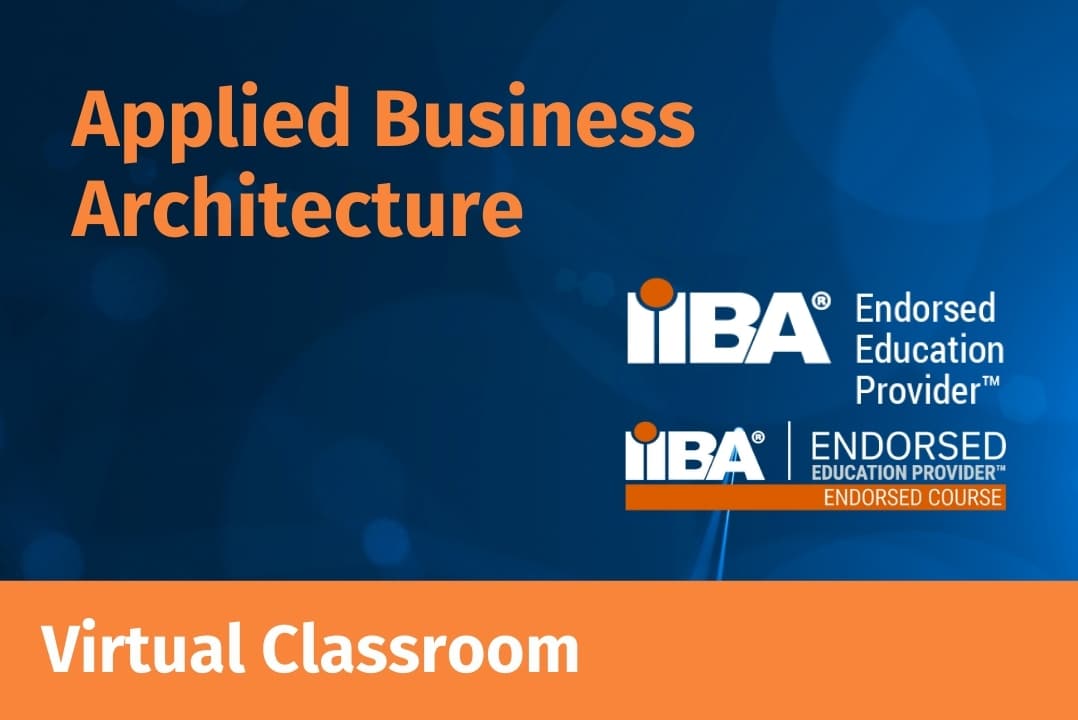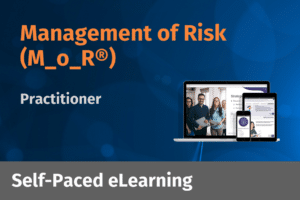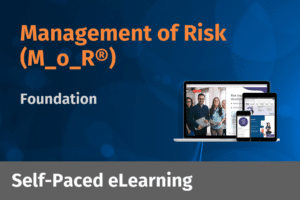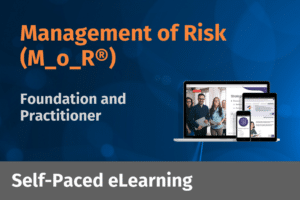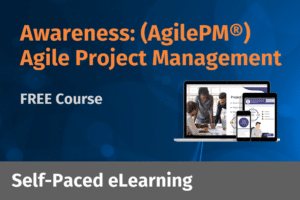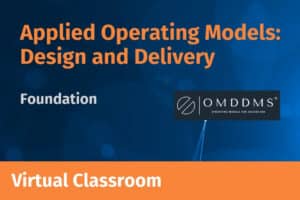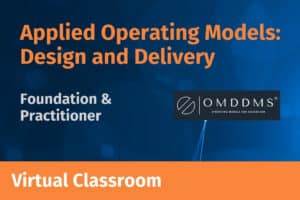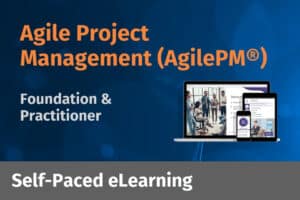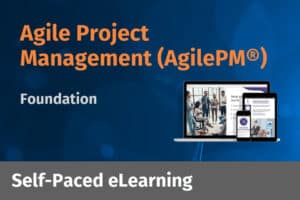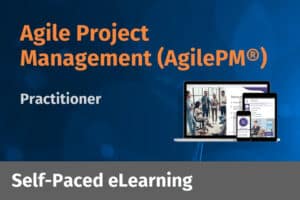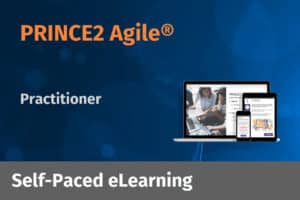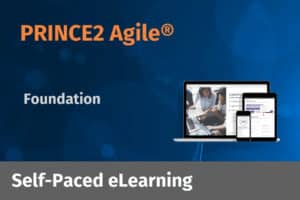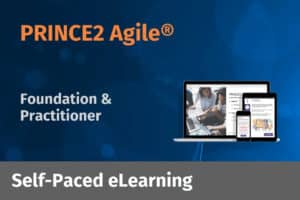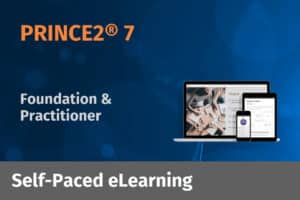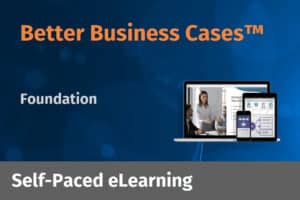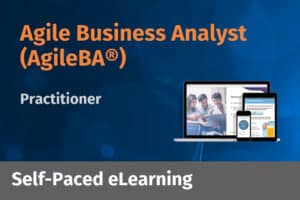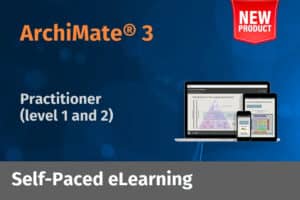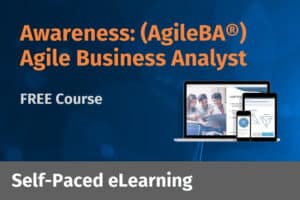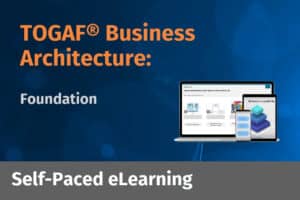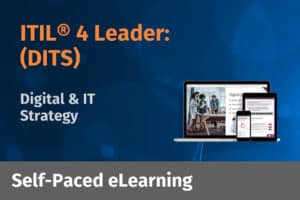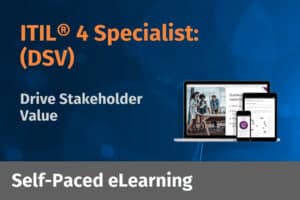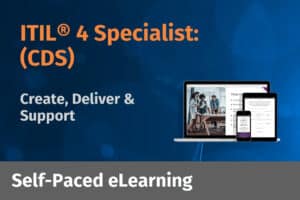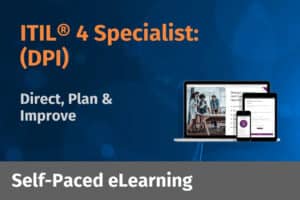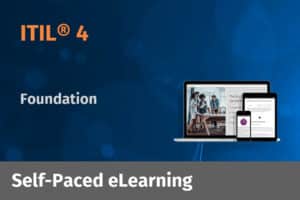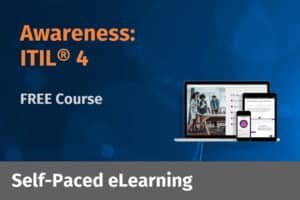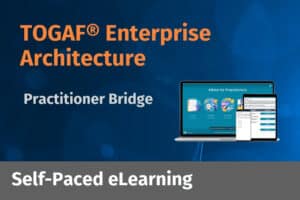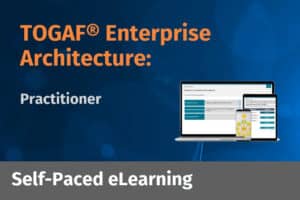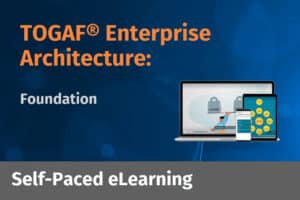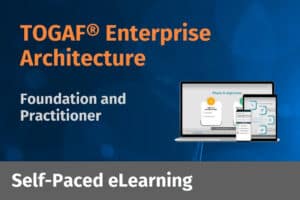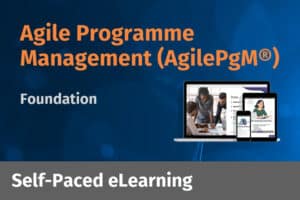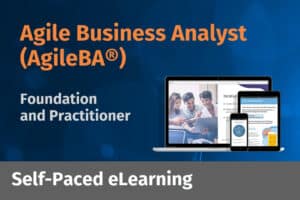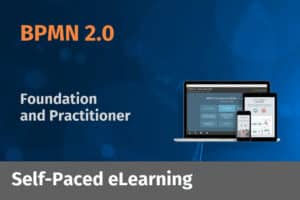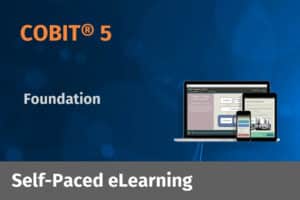In this article, we take a detailed look at how our Applied Business Architecture course can help improve business performance and align capabilities with business goals in a rapidly changing environment.
Is your organisation looking for ways to optimise its business performance in a rapidly changing environment? Are you responsible for seeking strategic opportunities to improve business performance and align capabilities with business goals? Our Applied Business Architecture course answers these questions and more through a structured, tried and tested approach to Business Architecture.
The tools and techniques covered in the course focus on techniques such as mapping business capabilities; capability-based planning and business anchor models; mapping and understanding business motivation; and linking strategy and execution with effective planning.
The course starts with a look at Stakeholders, and more importantly, how to understand their concerns. Next is a look at the Business Model Canvas and Value Chains so that you understand the core of the business. From here, the course takes you through how to build a Business Capability Model which provides the focal point for your strategic analysis moving forward.
The course then looks at how you can overlay Maturity, Pain Points and in-flight projects to this Capability Model to better understand the current state-of-play in the business. It is also important to understand the external factors impacting the business and the drivers for change.
From here, the course looks at how you can start to define the problem space you are looking to address. To do this it looks at understanding the goals and strategic direction of the organisation using the Business Motivation Model. Then it takes you through how to look at the strategic priorities and required maturity of capabilities which will drive changes in the Operating Model. Once you have the target state defined, the final section of the course takes you through how to plan the transition.
The course covers all of this and much more in an interactive and applied learning journey over 4 days. This course will equip you with a valuable set of tools and techniques to support business planning, investment portfolio prioritisation and to drive better alignment between projects and business goals.
To find out more about the course, simply click here.


